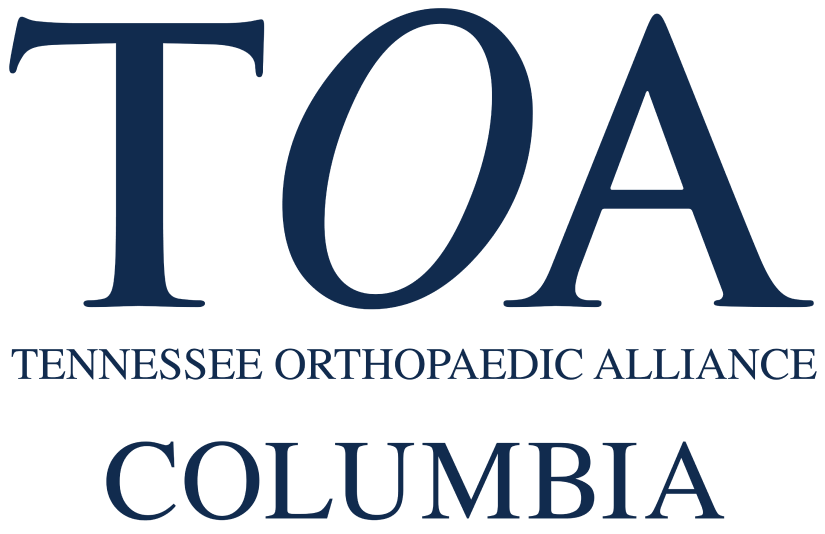Hip Pain Treatment
Columbia, TN
Hip pain treatment right here at home.
Revitalize Your Stride With Hip Pain Treatment
While they’re not part of our bodies we focus on a lot in our day-to-day lives, the truth is that our hips do a lot for us. These sturdy joints provide essential support and mobility, allowing us to walk, sit, stand, and move freely. However, when hip pain disrupts their functioning, and you find yourself limping on the affected side, an accurate diagnosis and hip pain relief is what you need to help you return to your daily routine.
With so many possible causes of hip pain, our caring team is dedicated to getting to the bottom of your hip pain symptoms to discover the most appropriate form of treatment. Whether physical therapy, non-surgical treatment, or joint replacement surgery may be most beneficial for you, you can trust TOA Columbia for hip pain relief in the same building where all your other orthopedic needs are taken care of.

Common Hip Conditions
Following are a few of the hip conditions our physicians treat.

Labral or cartilage tears
Labral or cartilage tears in the hip can result from injuries, overuse, or structural abnormalities, causing hip pain and limited range of motion. These tears can affect the cartilage surrounding the hip socket. Conservative treatments may include rest, physical therapy, and anti-inflammatory medications to reduce pain further. Some severe cases may require arthroscopic surgery to repair or remove the damaged cartilage.

Bursitis
Hip bursitis is inflammation of the bursa, tiny sacs filled with fluid that cushion and reduce friction between soft tissues and bones. Repetitive movements or injuries can lead to bursitis, causing pain on the outer side of the hip. Treatment involves rest, anti-inflammatory medications, and physical therapy. In some cases, aspiration of excess fluid or corticosteroid injections may be recommended.

Osteoarthritis
Osteoarthritis in the hip involves the gradual breakdown of joint cartilage, leading to pain, stiffness, and reduced mobility. It is commonly associated with aging, wear and tear, and genetic factors. Conservative measures include pain management, physical therapy, and lifestyle modifications. In advanced cases, hip replacement surgery may be considered over the counter to alleviate pain and restore function.

Rheumatoid arthritis
Rheumatoid arthritis is an autoimmune condition where the immune system attacks the joints, causing inflammation. In the hip, it can lead to pain, swelling, and joint deformities. Management includes medications to control inflammation, slow disease progression, reduce inflammation, and relieve symptoms. In severe cases, surgical interventions such as joint replacement may be considered.

Avascular necrosis
Avascular necrosis involves the death of bone tissue due to a lack of blood supply. In the hip, it can result in joint pain and collapse of the femoral head. Causes include trauma, long-term steroid use, or underlying medical conditions. Treatment aims to preserve the hip joint and may involve medications, physical therapy, and, in advanced cases, surgical procedures like core decompression or joint replacement. Early detection is crucial for effective management.

Hip Pain Treatments
In addition to surgery, our physicians have other methods of treatment aimed toward alleviating hip pain, including physical therapy, cortisone and steroid injections, and incorporating oral pain medications. They will review how well these methods ease hip pain when considering the possibility of surgery, whether that’s joint replacement surgery, hip replacement surgery, or surgery to assist with severe hip pain from hip arthritis.
At TOA Columbia, we understand that each patient’s medical journey is different, so our physicians will tailor treatment plans to your needs. This means that our team may recommend things to incorporate into your daily life such as gentle exercise or pain relievers when you feel pain.
Coping With Hip Pain
One great way to cope with hip pain is exercise. With your physician’s guidance, a daily exercise plan can strengthen muscles in the hip and increase flexibility, addressing hip pain symptoms and providing pain relief.
Depending on your diagnosis, your doctor may prescribe physical therapy as a first step to alleviating this pain. A physical therapist can get you started on a few exercises that can later be replicated at home. These exercises generally focus on improving blood flow around the hip joint, hip bone, thigh bone, ball and socket joint, and anywhere else in the area you may feel pain.
Another treatment for hip pain is to receive an injection of corticosteroids. This procedure administers medicine to the affected joint to relieve pain. Each patient will have a different course of treatment, but it is expected that pain will diminish within four weeks of treatment.

Hip Pain Resources
Total Hip Replacement
Iliobial Band Syndrome (ITBS)
Osteoarthris of the Hip

How TOA Columbia Can Help You
Our dedicated team of professionals is committed to discovering the cause of your hip pain before commencing treatment, giving you the best chance of pain relief and recovery.
With hip pain, there are typically a vast number of issues that could be causing it, including back problems, bursitis, or arthritis. X-ray is the first step to determining exactly what is happening in your body and can give us a good idea of how to start treatment. These images can show bone spurs, cartilage tears, stress fractures, or even the onset of arthritis. These issues are treatable or manageable. From minimally invasive procedures and nnon-steroidal anti-inflammatorymedications through to total hip replacement, our goal is to protect your joint health and give you the hip pain relief you deserve.
We're the Hip Joint For Your Hip Pain
Hip pain shouldn’t stop you in your tracks! At TOA Columbia, we offer the full life cycle of care in our building, from head to hip to toe, offering you exceptional continuation of care. Whether your hip hurts due to hip arthritis or chronic pain, or you’re recovering from hip surgery, our doctors have your needs and goals at heart. For treatment from the largest orthopedic group in the area, contact us at TOA Columbia today.

Have Acute Hip Pain? Visit Our Walk-In Clinic
Our convenient walk-in clinic allows us to treat hip pain much faster than if you had to wait for an appointment. And with our team of local doctors who are as involved in the community as you are, we need to look after our own in every way we can! When arthritis pain, rheumatoid arthritis, or chronic hip pain flares up, or if you’ve had a minor car accident or something else causing pain in your hip joint, we’re here to help. If hip pain is getting you down, visit our walk-in clinic and get back to doing what you love sooner.





